Anthropologists recognize and record the biological differences between each race as they relate to physiology, culture, behavior, and intelligence. Biomedical scientists recognize and record the biological differences between each race as they relate to their response to medical treatment. So why then do dietitians not account for the biological differences among each race as they pertain to their dietary needs? Why are we consuming a standardized diet – one that is out of step with our genetics and in violation of the laws of nature? As dysgenic levels of obesity and chronic illness derail our race further and further away from our ascension towards Godhood, the need for proper dietary intervention has become indispensable. By learning how you can begin nourishing your body in accordance with your evolutionary history, as well as your unique ancestral heritage, you can attain greatness and become a living monument of classical beauty and wit like the Godmen of our past.

Variety is the spice of life, right? So why then are so many people creatures of habit when it comes to their diet? We now have the option to eat what is familiar and convenient; but is this really the healthiest or the most fulfilling way to sustain ourselves? Many people eat the same breakfast and lunch day after day; but doesn’t the thought of eating the same foods every day seem stale and boring? Truth be told, the Rotation Diet is not only more satisfying, it’s the natural way to nourish yourself. By providing you with some historical precedence, we can begin to see why our diet and lifestyle should align with the ways of our ancestors and why we should rotate our foods on a regular basis.
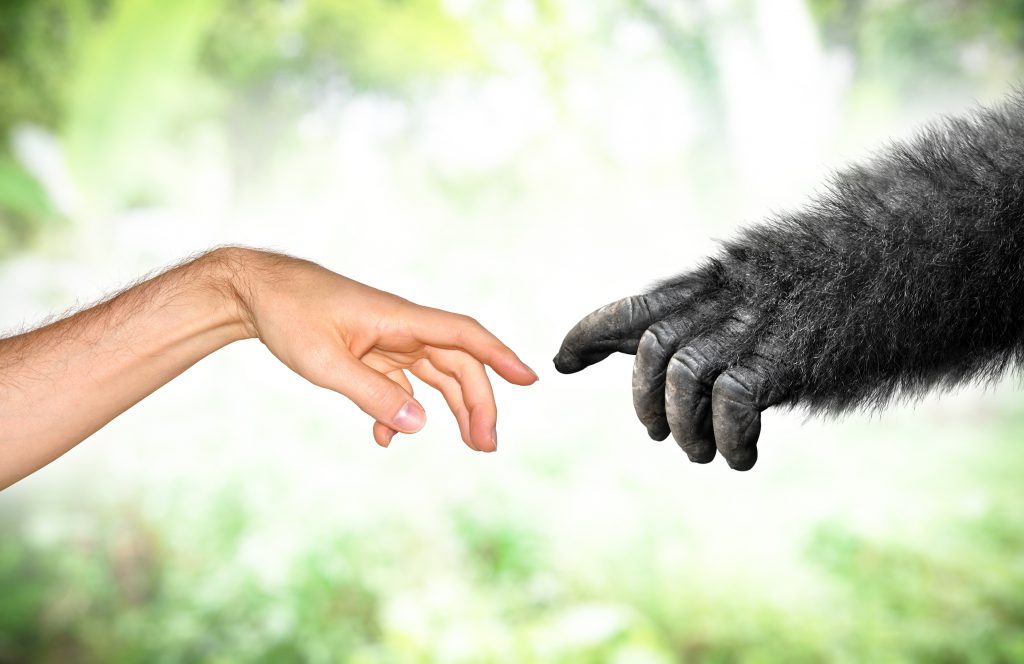
We humans categorically belong to a family of primates known as hominids – which includes chimpanzees, orangutans, gorillas, and all of our intermediate fossil ancestors that transitioned from apes to modern humans over the course of evolution. This evolutionary process began circa six million years ago until modern humans arrived on the scene about 200,000 some odd years ago. Over the course of this long and arduous evolutionary process, our access to food and our eating habits were dictated by four factors:
(1) A hunter-gatherer lifestyle – Our ancestors ate what they could gather from the earth and catch and kill with stone implements.
(2) A nomadic way of life – Lacking the skills and resources to cultivate their food, our ancestors would roam the earth until they found a locale providing ample food, water, and shelter, where they would settle until resources were exhausted; at which point, they’d be back on the move.
(3) The seasons – Without the skills and resources to cultivate a surplus of food, our ancestors’ access to food was at the mercy of the seasons. As the seasons changed, so too did the availability of food they ate.
(4) The environment – The location on the planet in which your ancestors evolved is what spawned the development of your unique genetic traits and decided which foods were available to you. People whose most recent ancestors evolved near the equator and south of the equator survived on foods vastly different from those whose ancestors evolved north of the equator.
So how do each of these factors relate to our present-day dietary habits? For starters, our diet should resemble the way our ancestors have eaten throughout the course of evolution. A Paleo Diet will replicate the way nature biologically designed most of us to eat.

When it comes to consuming foods outside the Paleo Diet, such as these farmed and processed foods:
- Dairy products
- Barley
- Wheat
- Oats
- Bulgur
- Millet
be sure to rotate them with foods in their whole, unprocessed state. For instance, if Monday’s breakfast included oatmeal or milk, be sure Tuesday’s breakfast is Paleo: steak and eggs, meat and nuts, or a plant-based smoothie.



The next two factors pertaining to our primordial existence, that is our nomadic way of life and being at the mercy of seasonal changes, were a consequence of our inability to farm. Our ancestors were hunting and gathering their food much longer than we’ve been cultivating and harvesting our food. As I mentioned previously, modern humans came into the picture about 200,000 years ago, but the earliest fossil evidence we’ve found of farming is only around 23,000 years old. That’s much earlier than archeologists originally anticipated, but still a blink of an eye in the course of human evolution.
This 23,000-year-old evidence of small-scale agriculture was found in the archeological remains of a settlement located in what is known as the ‘Fertile Crescent,’ a crescent-shaped region in the Middle East, spanning modern-day Iraq, Israel, Palestine, Syria, Lebanon, Egypt, and Jordan as well as parts of Turkey, Iran, and Cyprus. Tens of thousands of years ago, as the earth was going through another Ice Age, the Middle East was much different than it is today. The Middle East wasn’t always a hot and arid desert, and it’s where the first farming practices of plant cultivation and animal herding are believed to have sprouted.
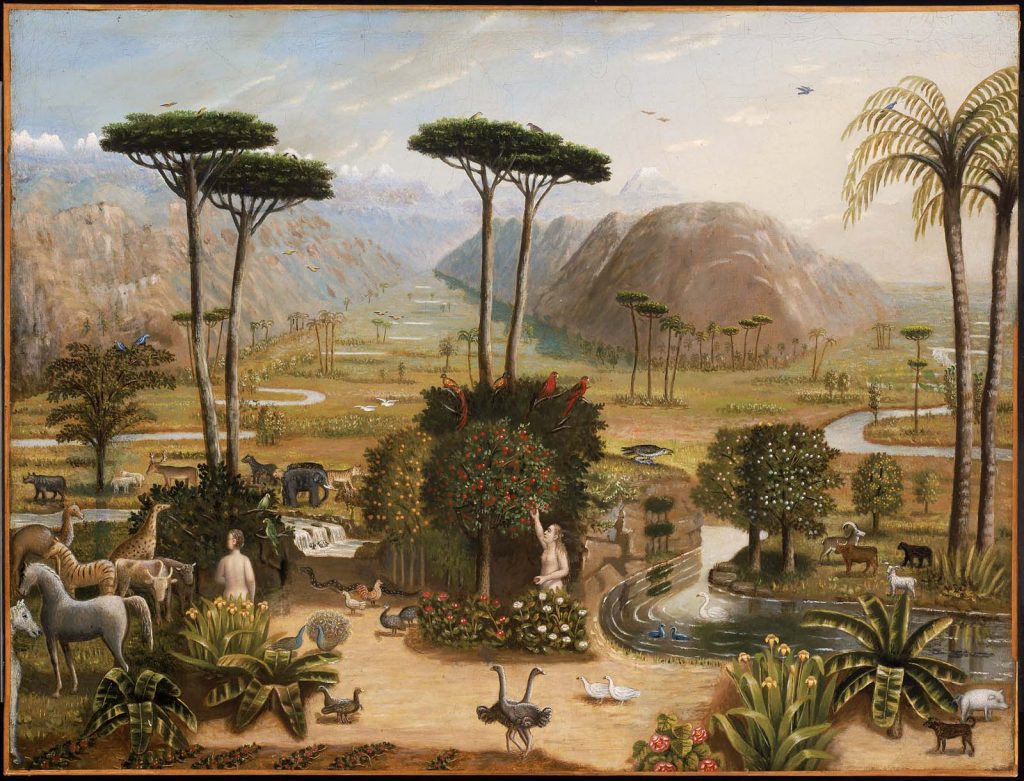
With its rich soil, exceptional irrigation from numerous large rivers throughout the region, wide variety of edible plants, and four of the most important species of domesticated animals – cows, goats, sheep and pigs, the Fertile Crescent laid the perfect foundation to sow the seeds of an agrarian lifestyle. This transition from a nomadic way of life to a sedentary, agrarian lifestyle is what led to the development of many of our modern foods, such as processed grains, dairy products, and refined sugar.
The agricultural revolution radically changed our diet in a variety of ways. The millions of years leading up to the advent of farming, our diet never remained the same for any extended period. Beforehand, we were consistently traveling, and our foods were often subject to change depending on our location and the time of year. Once our ancestors learned how to grow crops and domesticate animals, for the first time in human history we had access to an abundance of the same foods year-round. People finally afforded themselves the luxury of stability in a wilderness of unpredictability. They established a permanent home, developed an advanced civilization, and procured access to a steady supply of food. The only catch was, biologically they were still cavemen, not farmers. This swift transformation in our eating habits has not been without negative health consequences.

Today, over 73% of Americans are now overweight or obese and 1 in 2 Americans will develop cancer within their lifetime. The only way we can maintain optimal health today is if we practice dietary habits that correspond to our biology and resemble the behavioral patterns of our Stone Age ancestors. This equates to rotating our foods from meal to meal and day to day, striving to regularly eat different types of animal proteins, starches, nuts, fruits, and vegetables.
The final factor that necessitates food rotation and influences our food choices is one of genetics; particularly how our unique environment and diet influenced our genes. For example, if your ancestry comes from Europe with its harsh polar winters, you have evolved to eat foods that are quite different from someone whose ancestry comes from Sub-Saharan Africa where the temperature is moderately the same year-round. Because the climate and available foods native to each region were highly variable from one another, each ethnic group has evolved to adhere to a different diet. This is known as the concept of bio-individuality.


Additionally, certain ethnic groups have been farming longer than others, and certain primitive tribes still live a hunter-gatherer lifestyle with no history of farming whatsoever. This can explain why certain ethnic groups are more prone to lactose intolerance and certain food sensitivities than others. According to the National Digestive Diseases Information Clearinghouse, up to 75% of African Americans and American Indians and 90% of Asian Americans are lactose-intolerant. Most Asians become lactose-intolerant after early childhood when they begin losing their ability to produce the milk-digesting lactase enzyme. We see the opposite trend in the vast majority of people of European descent, who can digest dairy throughout adulthood.
Why the difference? Ethnic groups that went from hunting and gathering their food to practicing pastoral animal herding relied on dairy as an important source of nutrition, which created a survival pressure on its members. Those individuals who could absorb lactose were more likely to survive and pass on their genes, including those for lactose digestion. The individuals who had trouble absorbing lactose experienced diarrhea, malabsorption of other nutrients, and were therefore more susceptible to disease and premature death, reducing their chances to proliferate their genes.
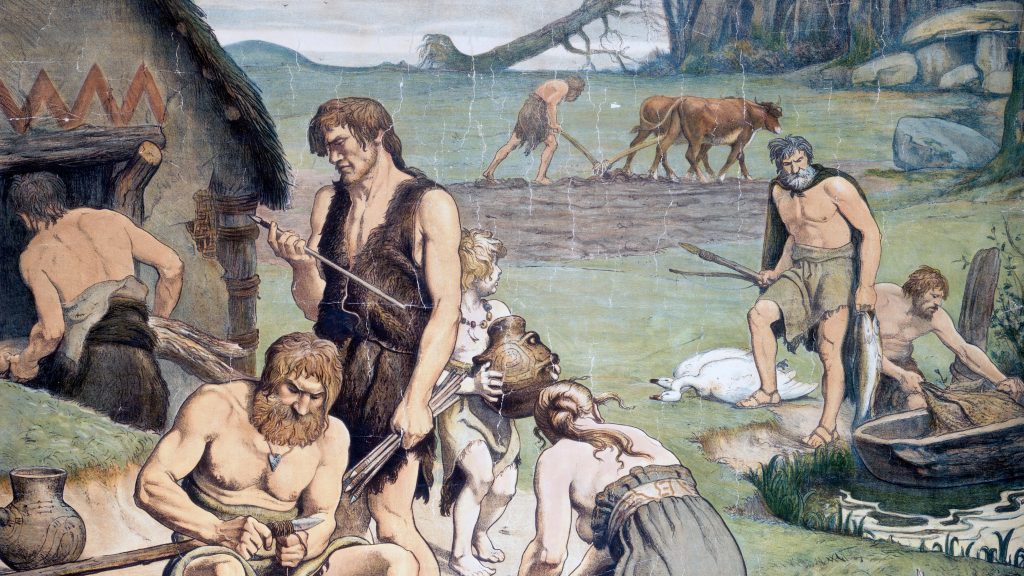
Modern Europeans have the greatest lactose-tolerance because their ancestors were the progenitors of the pastoral, agrarian lifestyle. The early European farmers of the Neolithic period (latter phase of the Stone Age) were descended from the Indo-Europeans. The Indo-Europeans migrated from Anatolia (modern Turkey) and the steppes of Russia (large area of flat unforested grassland in southeastern Siberia) into Europe, where they intermingled with the Western hunter-gatherers living throughout the European continent.


People of Southern European ancestry descend to a greater degree from the Indo-Europeans of Anatolia, while people of Northern European ancestry descend to a greater degree from the Indo-Europeans of the Russian steppes. These Indo-European invaders who brought agriculture and animal herding to Europe pioneered the agricultural practices that spread throughout the world. Although the descendants of Europe are on average better adapted to a habitual farm-based diet, people of all ethnic backgrounds, especially people of non-European descent, should rely primarily on a rotational diet rather than a repetitious diet.
For a more personalized diet in congruity with your genetics, you can trace your ancestry and determine which foods were available to your Paleolithic and Neolithic ancestors. Exploring your ancestry as it relates to your nutritional needs will also allow you to determine the ratio of plant to animal foods you should eat.
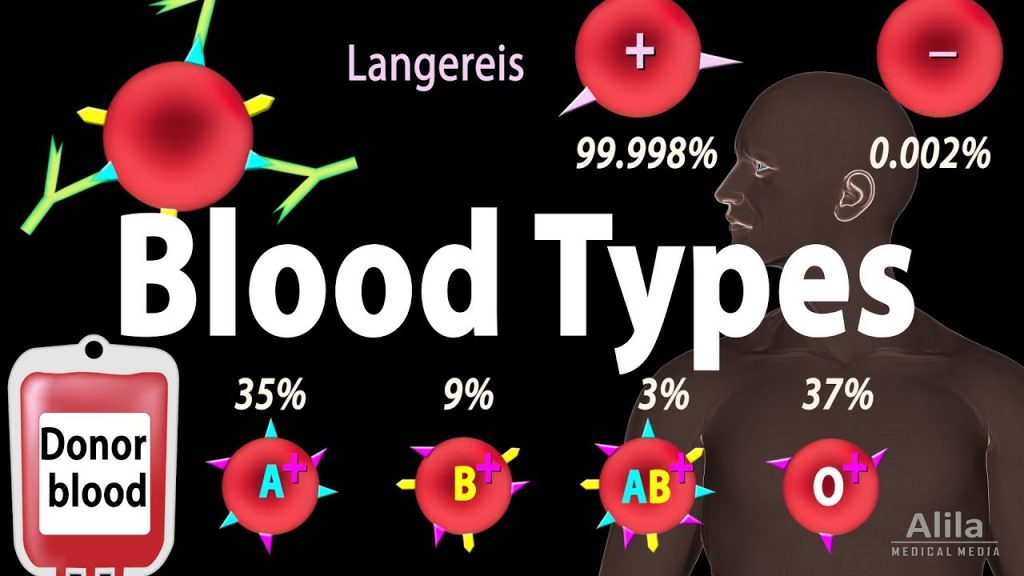
You can also determine your blood type – another important genetic variable that will reveal your individual dietary needs as they relate to the evolution of your ancestors. Much like your ethnicity, your blood type is the result of your ancestral environment and the dietary habits of your ancestors. Blood type O is not only the most common blood type today, it was the original blood type of all people on earth until they began migrating to different continents and started farming and living in developed, urbanized areas. Then the newer blood types A, B, and AB were born as a result.
Blood type O sprang forth from those who adapted to a hunter-gatherer lifestyle during the Stone Age. Blood type A then emerges as humans evolved from a hunter-gatherer lifestyle to living in a highly concentrated, urban environment and eating an agriculturally-based diet. Blood type B stems from a response to changes in the environment when humans migrated to the colder, drier, mountainous areas of the Himalayan highlands and the barren endless plains of the central Asian steppes. But unlike A, which began to supplant type O as a response to new types of infections endemic to densely populated cities and new dietary changes, group B appears to have been more of a response to climatic changes, followed by a different set of dietary adaptations.
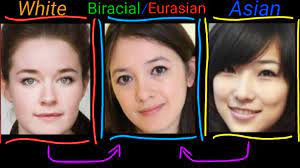
Blood type AB is found in less than 5% of the population and is certainly the most recent blood type. Unlike the other blood types, AB resulted from the intermingling of type-A Caucasian people and type-B Mongolian people. Some of this may have been peaceful, some must have been part of the violent turmoil that marked the great “Migration of Peoples” at the end of the Ancient Period (300CE-800CE).
People of European ancestry are predominately either type O or A, with the exception of Finnish, Hungary, and the Slavic peoples of Eastern Europe, who have a higher predominance of the Asiatic blood type B. Mongolians were certainly responsible for introducing the gene for blood type B into the Eastern European populations. People who descend from Asia are predominately either type O or type B. People of African descent are predominately type O, while people who are a mixture of Asian and European heritage are predominately either type O or type AB.

Jews in general trend towards higher-than-average rates of blood group B. The Ashkenazi Jews of Eastern Europe and the Sephardic Jews of Portugal and Spain share high rates of group B blood. Mizrahi Jews of the Middle East differ considerably from the present-day Arab population, in that they have a high frequency overall of group A, and an even higher frequency of group B blood.
The small numbers of blood group B in old and Western Europeans represents western migration by Asian nomadic peoples. This is most clearly seen in the easternmost Western Europeans, the Germans and Austrians, who have an unexpectedly high incidence of blood group B blood compared to their western neighbors. The highest frequency of blood group B in Germans occurs in the area around the upper and middle Elbe River, an important natural boundary between “civilization” and “barbarism” in ancient and medieval times.
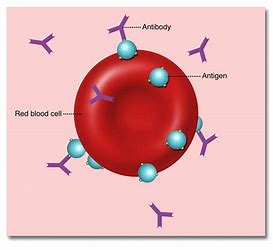
The importance of blood typing is based on your immune system. Antigens are proteins that provoke your immune system to attack by producing antibodies. The letter of a person’s blood type denotes the type of antigen on the surface of their cells. If a person is type O their body is neutral to the O antigen and will not attack it, but their body will attack the A, B, and AB antigens; hence why you cannot receive a blood transfusion from someone with a different blood type than your own. Foods can provoke a similar immune response if the proteins they contain (known as lectins) resemble the blood type antigens foreign to your body, which can cause a myriad of health issues.
Basic lifestyle guidelines for each blood type are as follows:
- People with O-type blood fare best on intense physical exercise and animal proteins and less well on dairy products and grains.
- People with A-type blood are more naturally suited to a more vegetarian diet and derive benefit from calming, centering exercise, such as yoga and tai chi.
- Type B’s have a robust immune system and a tolerant digestive system, allowing them to resist many of the severe chronic degenerative illnesses, or at least survive them better than the other blood types. Type B’s do best with moderate physical exercise requiring mental balance, such as hiking, cycling, tennis, and swimming.
- Biracial people with AB-type blood benefit from a combination of the dietary and exercise guidelines for types A and B.
If you don’t already know your blood type, a blood bank would have your type on file if you’ve ever donated in the past. A blood type test can also be purchased online and completed in-home. Upon discovering your blood type, you can incorporate the principles of a blood-type specific diet as formulated by Dr. Peter D’Adamo. Alternatively, you can simply rotate a wide variety of foods each week, which will allow you to derive their diverse nutritional benefits, while circumventing the adverse effects of overconsumption.

One of the main reasons a rotational diet rather than a static diet is so essential is because of the proteins in our food. Proteins, whether they come from meats, grains, eggs or dairy products, are the most likely to produce food sensitivities when the same kind is consumed too frequently. When people habitually consume the same proteins day after day, their immune system begins to respond to the protein in the same way it would respond to an infectious microbe, developing antibodies in response and causing symptoms such as inflammation, post-nasal drip, and fatigue.
The reason is, all living organisms, including microorganisms, such as viruses, bacteria, fungi, and parasites are made up of proteins. The immune system can misidentify exogenous proteins from our diet as foreign invaders, especially when gut health is compromised or when the same proteins are overconsumed. For example, eating eggs too many days in a row can cause you to develop an egg sensitivity and spur immune-related symptoms.
You now the hold the key in your hand to optimal health and performance on a level that personally applies to you and coincides with your biology, ancestry, and evolutionary history. There is no ‘one-size-fits-all’ approach to anything in life, and that includes your diet. No longer must we descend into this decrepit gaping cesspit of modernity and big business. We can reclaim our place among the stars with salubrious living. If you’re suffering from any irritating symptoms or chronic health problems, try the Rotation Diet outlined here and see how your physical and mental condition improves. As Hippocrates, the founder of Western medicine once said, “Let food be thy medicine and thy medicine be thy food.” You owe it to yourself… and your ancestors.

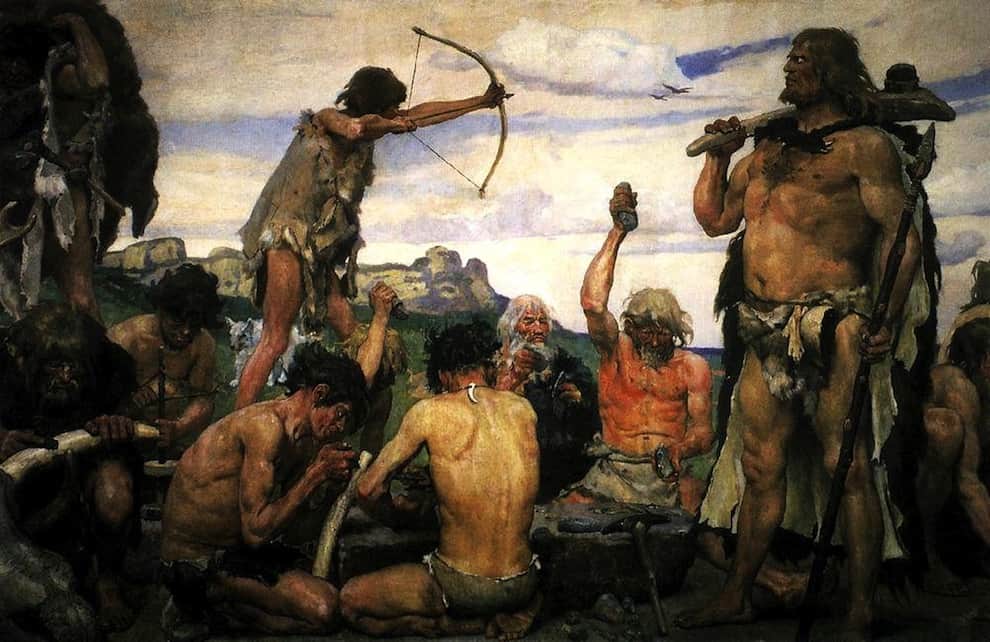









Mr Dresden Berns,
Regarding your writings I must say that they are very instructive.
Regarding your statement that I have read in the Trovo chat (Friday, 09/17): “Women in the movement are either seeking attention or they’re tomboys”. I must say that you are very short-sighted.
Regards.
Apparently you haven’t read my article on feminism.
I have read it.
Well then this comment you’ve dated and posted should come as no surprise. If you’re a woman, get back in the kitchen and nursery and start popping out white babies. Leave the political theory to us men.
Short of understanding also. But I don’t feel like explaining it to you.
I know I am pretty late to this. But watch this video closely–>https://www.youtube.com/watch?v=4TyK1XN5aOM
Other than that, good article.